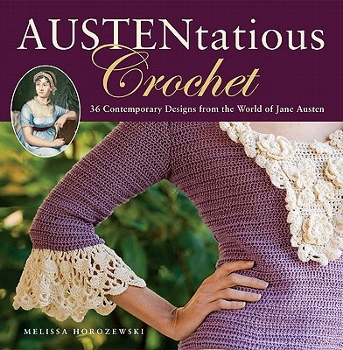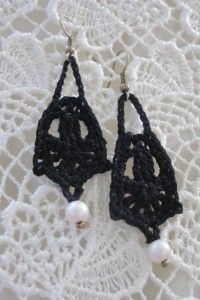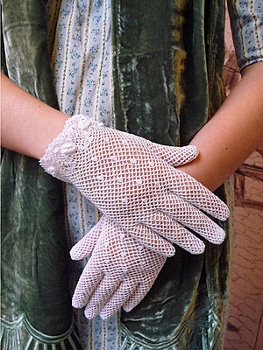 Over the course of six books, I’ve had all sorts of book signing experiences.
Over the course of six books, I’ve had all sorts of book signing experiences.
I’ve had a number of fantastic signings at the Waldenbooks at my local mall. The best two were during holiday weekends (Memorial Day and Labor Day) and the weather was miserable, driving crowds into the mall. I set out a dish of chocolate, smiled at everyone who passed (trying to be friendly but not too pushy) and sold a load of books.
Then there was the time the store asked me and another local author to do a “local authors” event. And scheduled it for the same June weekend as all the local high school graduations. The mall was deserted except for weirdos. Exactly two people approached us. The first a dotty elderly lady who, watching my husband play with my children nearby, expatiated at length that she always suspected men of being child molesters (ugh!). The second, a grungy character who told us he’d never met a woman who could write a book. (We weren’t sure he knew a woman who could read a book.)
Anyway, I didn’t think anything could top that one until I tried to set up a signing for my current book. The local Waldenbooks staff had turned over, but the new contact for book signings seemed friendly and cooperative. Then, about three weeks before the signing, I brought in the draft of the press release I was going to give to the local papers. Only then was I told that the district manager had forgotten to order the books and couldn’t possibly get them in on time. With over three weeks to go.
But wait. It gets better. After Waldenbooks turned down several suggestions I had for getting the books (my publisher would have supplied them), I gave up on the signing. Then, several weeks after the scheduled date, I found out from a friend of a friend that Waldenbooks had set up a table, put out my books and the staff were wondering why I didn’t show. So I missed my own signing!
But all ends well. I talked to the Waldenbooks manager and discovered that someone was supposed to call me to tell me the signing was back on. As it turns out, the manager was very nice, very apologetic about the mix-up and eager to set up a rescheduled date.
In the meantime, egged on by my ski buddy Mary, I started looking into other alternatives. I’m now set to do a signing and Regency Tea at Riverow Bookshop, an independent bookseller dealing in new, used and rare books (including some reference books that make me drool) during the Holiday Showcase in the historic town of Owego, NY.
So now I have two signings set up. If anyone can make it, here are the details:
- Nov 12, 1-3PM at Riverow Bookshop, 187 Front Street, Owego, NY.
- Nov 12, 4-6PM at Waldenbooks in the Oakdale Mall, Johnson City, NY.
Wish me luck!
Elena 🙂
LADY DEARING’S MASQUERADE, an RT Top Pick!
www.elenagreene.com










